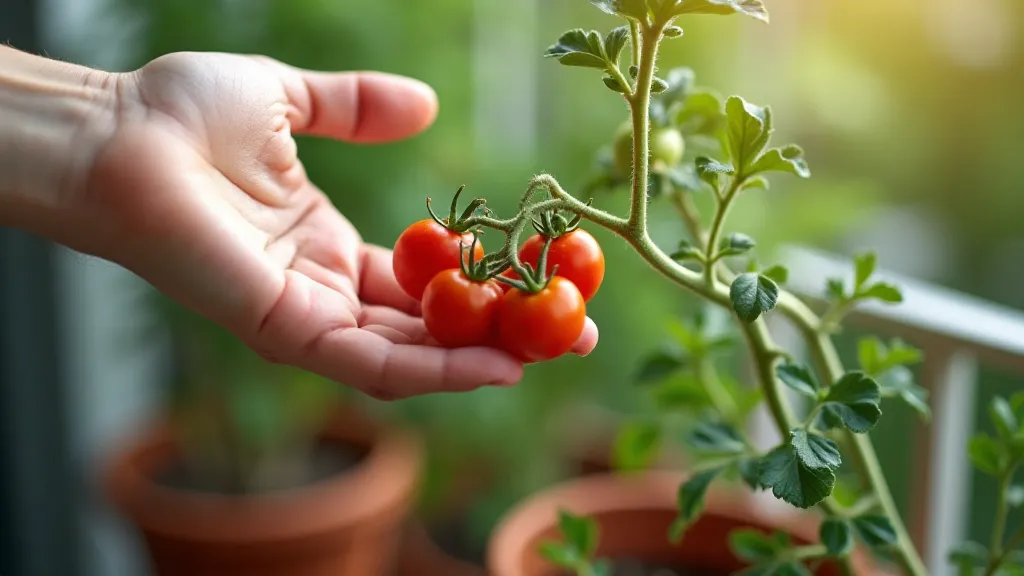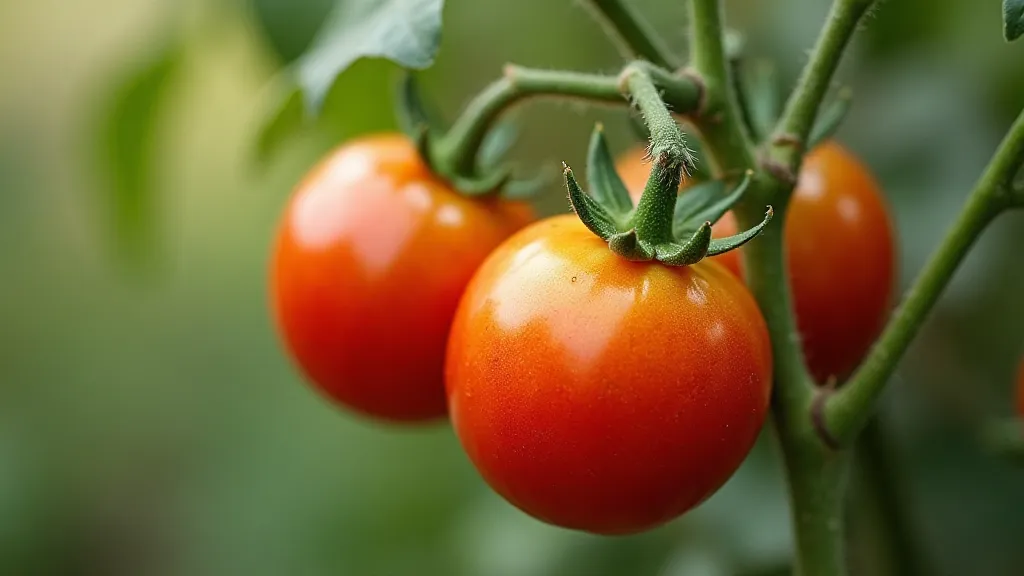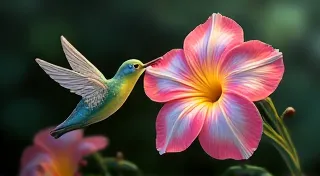Ephemeral Blooms: Understanding the Delicate Dance of Tomato Pollination in Containers
There’s a certain melancholic beauty in antiques, isn't there? A whisper of a time gone by, captured in the worn wood of a rocking chair, the faded grandeur of a porcelain doll. For me, that feeling is especially poignant when I consider an antique accordion. Imagine the hands that once coaxed music from its bellows, the laughter it accompanied, the stories it silently witnessed. These instruments, like heirloom tomatoes, represent a lineage – a careful preservation of something precious, something unique, threatened by the homogenizing forces of modern efficiency. Just as we strive to safeguard those beautiful accordions, we must understand and nurture the delicate pollination process that allows heirloom tomatoes to flourish, particularly when we confine them to the limited space of container gardening.
The urgency stems from the fact that tomato pollination, while seemingly straightforward, is a surprisingly intricate affair. Unlike many plants that rely solely on wind or insects, tomatoes are self-pollinating, meaning they contain both male and female parts on the same flower. However, this doesn't guarantee fruit set, especially in the slightly artificial environment of a container. The tiny grains of pollen, held within the anthers, need to reach the stigma for fertilization to occur. The natural vibration from wind and insect activity – the subtle tremor that shakes the flower and encourages that crucial contact – is often diminished in a still container setting, especially on a balcony or patio shielded from breezes. And when you’re growing fragile heirloom varieties, with their complex flavors and often-delicate fruit, the stakes are even higher.

The Gentle Sway: How Nature Intends for Tomatoes to Pollinate
Think about the wild ancestors of the tomatoes we grow today. They thrived in open fields, subject to the whims of nature. A gentle breeze, the flutter of a bee’s wings, the movement of a passing butterfly – all contributed to the essential jostling of the tomato flowers. This natural vibration releases the pollen, facilitating self-pollination. Modern tomato varieties, bred for productivity and disease resistance, often retain this innate ability. But heirloom varieties, with their rich history and sometimes-unpredictable nature, can be more sensitive. Their genetic diversity, while contributing to their incredible flavor profiles, can also mean a slightly less robust pollination mechanism. A vigorous plant will often compensate, but when dealing with container gardening, where space and resources are limited, it's wise to lend a helping hand.
Container gardening presents unique challenges. The still air around a container can significantly reduce the chances of self-pollination. Even a slight movement, like a passing car or a child’s playful touch, can make a difference. But often, those opportunities are infrequent or absent. This is where our understanding of the delicate dance becomes critical. Just as a skilled accordion repairman understands the subtle adjustments needed to bring a forgotten instrument back to life, we must learn to mimic nature’s touch to ensure a bountiful tomato harvest.
Hand Pollination: A Gentle Touch for Heirloom Abundance
Fortunately, assisting tomato pollination is a surprisingly simple process. It's a gesture of respect, a way of participating in the ancient ritual of cultivating life. The technique, known as hand pollination, is straightforward: gently tap or vibrate each tomato flower cluster. The goal isn’t a violent shaking, but a soft, rhythmic movement that simulates the natural vibrations. You can do this in the morning when the pollen is most viable, using your finger, a small paintbrush, or even an electric toothbrush (held very gently, of course!).
Think of an accordionist, coaxing a melody from the instrument with a delicate touch. It’s not about brute force, but about understanding the instrument’s nuances and responding to its subtle language. Similarly, hand-pollination requires a gentle, observant touch. Pay attention to your plants; some varieties may benefit from more frequent attention than others. Observe the flowers – are they opening fully? Is the pollen visible? Are there any signs of distress?

Beyond the Shake: Maximizing Fruit Set in Containers
Hand pollination is a cornerstone, but it’s not the only factor in successful container gardening. Several other elements contribute to a robust fruit set. Adequate sunlight is crucial. Tomatoes require at least six to eight hours of direct sunlight per day. Without sufficient light, the plant's energy is diverted from fruit production, and pollination becomes even more challenging. Proper watering and fertilization are also vital. Tomatoes are heavy feeders and need consistent moisture and a balanced nutrient supply. Avoid overwatering, which can lead to root rot and weaken the plant.
Just as an accordion’s sound is influenced by the humidity of the room and the quality of its reeds, a tomato’s fruit set is influenced by its environment. Choosing the right container size is also important. While heirloom varieties are beautiful, they can grow quite large, so a substantial container is essential for healthy root development. Consider the root system – it’s the silent engine that powers the entire plant. Providing adequate space allows the roots to thrive, supporting robust growth and, ultimately, abundant fruit production. And, of course, selecting varieties suited for container gardening is a wise starting point. Look for “bush” or “determinate” varieties, as these tend to be more compact than sprawling “vine” types.
There's something profoundly satisfying about nurturing a plant from seed to fruit, especially when those fruits are heirloom varieties – testaments to a lineage of flavor and resilience. It’s akin to rescuing an antique accordion, carefully cleaning and repairing it, and then hearing it sing again, sharing its history with a new audience. The effort required, the attention to detail – it all contributes to a deeper appreciation for the beauty and complexity of nature. And, in the end, the sweet taste of a homegrown heirloom tomato, bursting with sunshine and history, is a reward beyond measure. The understanding of pollination, particularly in containers, is not just a technical skill; it’s an act of reverence – a way of participating in the ongoing story of life.






